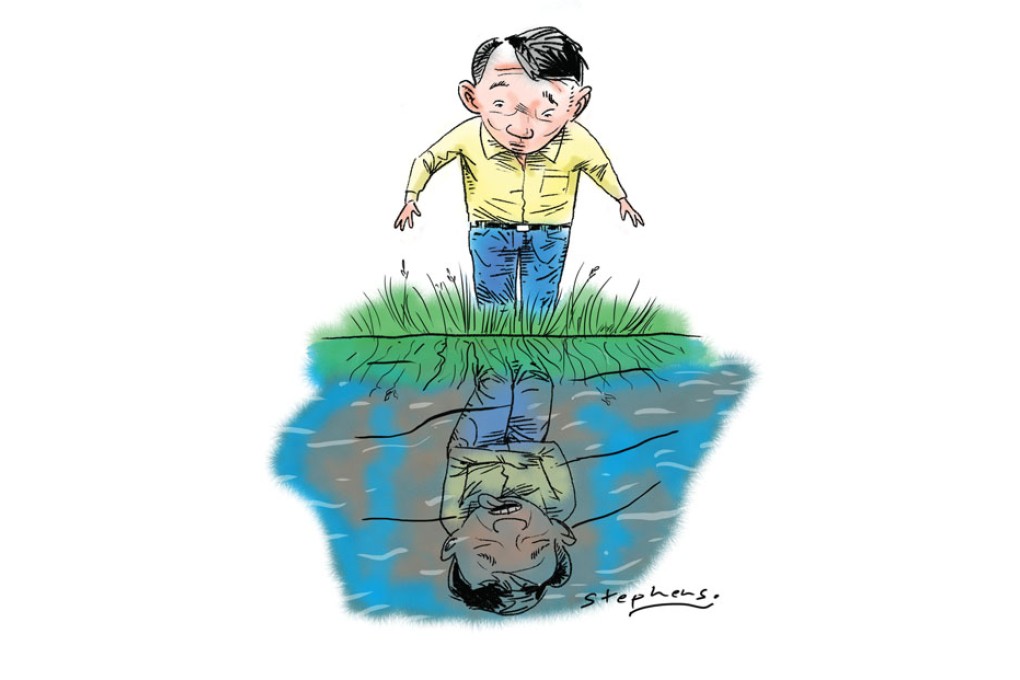Pollution at the heart of China's water woes
Cesar Chelala says while China may recognise the scale of its water crisis, it is not doing enough to clean up its polluted waterways or reduce demand, focusing instead on costly diversion projects

While much attention is being paid to the negative consequences of environmental pollution in China, another crisis is brewing, with equally dangerous consequences for people's health and the nation's development: water scarcity.
Climate change, increasing urbanisation and the rise of the middle class will all create huge demand for water and lead to crop shortages by 2030, according to reports.
A lack of water is compounded by the high levels of water pollution. Hu Siyi, vice-minister at the Ministry of Water Resources, has said that up to 40 per cent of China's rivers were seriously polluted in 2011, with some 75 billion tonnes of sewage and waste water having been discharged into them.
According to Hu, about two-thirds of Chinese cities are "water needy" and nearly 300 million rural residents lack access to safe drinking water. More than 4 million hectares of land is irrigated with polluted water, according to estimates, which has a negative effect on crop yields, quality and food safety.
One reason for the high levels of pollution is that, with the rapid industrialisation, a large number of chemical plants were built along the Yangtze River and near critical drinking water resources. Those resources have been contaminated by large spills of toxic chemicals such as cadmium and chromium.
A report last year by the China Geological Survey found that 90 per cent of the country's groundwater is polluted. Estimates from the Ministry of Environmental Protection say the water from approximately 25 per cent of China's major rivers is so polluted that it can't be used for industry or agriculture. According to the Ministry of Supervision, there are around 1,700 accidents leading to water pollution every year.
This is a paradoxical situation since China is one of the most water-rich countries in the world. However, its resources are unevenly distributed; they are overwhelmingly concentrated in the south, leaving northern regions prone to a lack of water, a situation which is reaching crisis levels.